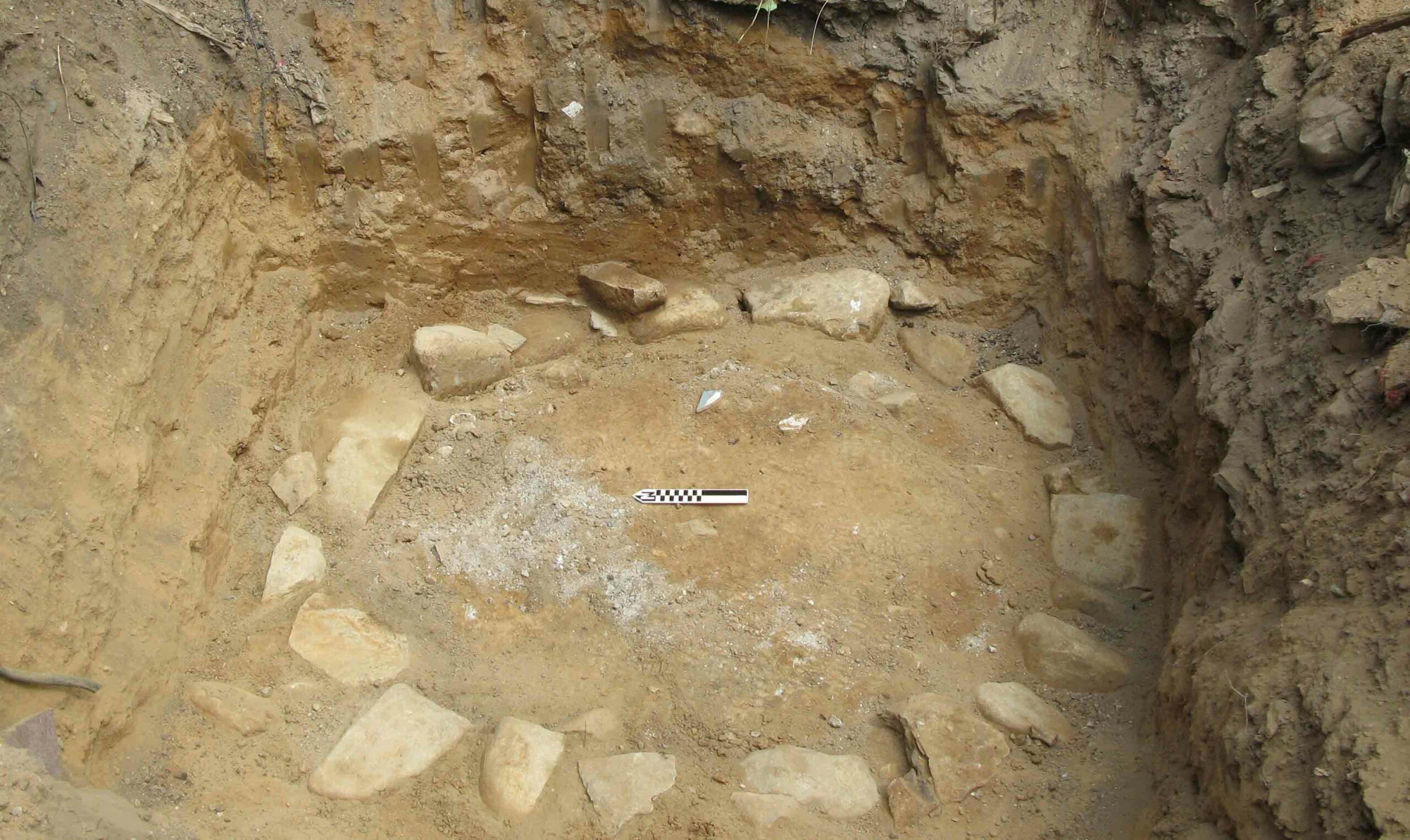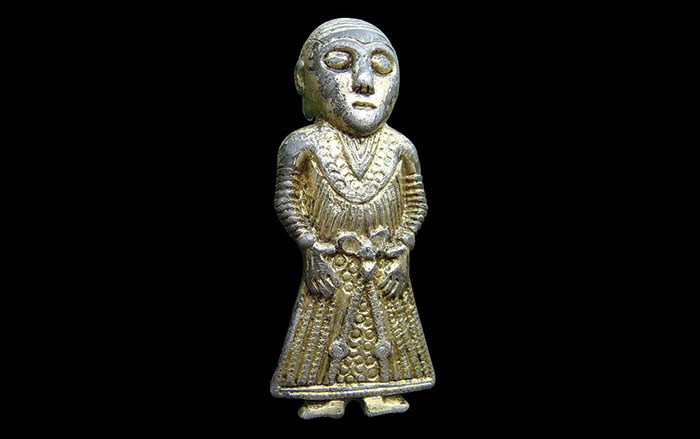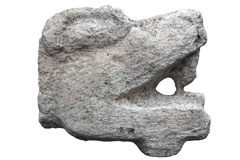
GUATEMALA

GUATEMALA: A pair of Maya council houses, home to myriad political and religious rituals, has been uncovered at Nixtun-Ch’ich’. The unusual presence of two such structures side by side suggests that the city might have been governed by a pair of lords. The Chakan Itza people ritually destroyed the site and moved the seat of their power around A.D. 1500, according to researchers. Among other finds there are sculpted parrots and turtles, as well as an incense burner in the shape of Itzamna, a creator god.

BRITISH VIRGIN ISLANDS

BRITISH VIRGIN ISLANDS: In English folklore, iron has the power to repel evil. It looks like the tradition made it across the Atlantic, as archaeologists have found 15 pieces of iron grapeshot, or small cannon balls, buried under two postholes of an 18th-century plantation house. At another site, a similar deposit contained a plugged shell, pins, and the bones of a headless Puerto Rican racer snake. Such caches might have offered luck and peace of mind for what was at the time a vulnerable colony.

OHIO

OHIO: In the 18th and 19th centuries, millstones in the Midwest could be made of local chert or stone imported from France. It is said that millers preferred the French variety, but it can be hard to distinguish the similar-looking stones. Geologists have now found a way to identify these durable artifacts using tiny marine fossils embedded in them. While Ohio chert comes from an ancient marine environment, the French stone, from near Paris, has fossils of freshwater snails and algae. The French variety indeed appears to have been more popular.
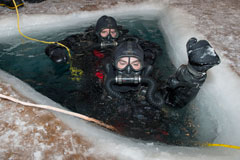
CANADA

CANADA: Archaeologists have recently returned to the world’s northernmost shipwreck, Breadalbane, a supply ship that sank in just 15 minutes after becoming icebound in the Barrow Strait off Devon Island in 1853. The ship was one of five lost in the search for Captain John Franklin’s doomed expedition to chart a northern route from Atlantic to Pacific—and one of only two, along with HMS Investigator (“Saga of the Northwest Passage,” March/April 2012), to be found. New remotely operated submersible dives are the first look archaeologists have had at the wreck in more than 30 years.
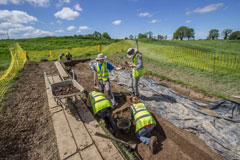
IRELAND

IRELAND: At the site of Tlachtga, on the Hill of Ward in County Meath—the site of circular earthworks associated with Samhain, the Celtic festival that gave birth to Halloween—recent remote sensing work has revealed three phases of construction, suggesting a long and varied ritual history that could go back more than 4,000 years. Other finds include a great many animal bones and a single, unadorned human burial of an infant less than six months old, which could date to the earliest phases of the monument.
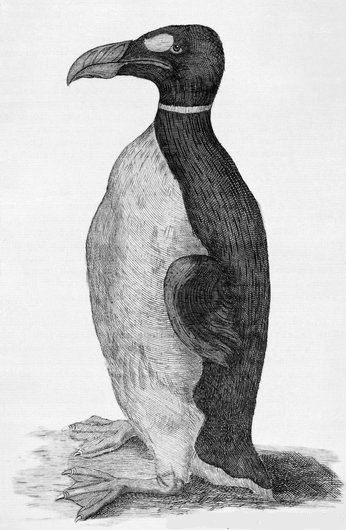
SCOTLAND

SCOTLAND: A bone from a great auk was found—appropriately and perhaps a little sadly—at the Scottish Seabird Centre. These penguin-like flightless birds once ranged across the northern Atlantic. The bone, found alongside those of seals, fish, and other birds, comes from a settlement that dates to the 5th to 7th centuries. The birds were important to coastal peoples on both sides of the ocean for eggs and meat, but it was the demand for down (for pillows), which blew up in the 16th century, that led to their extinction 300 years later.

SUDAN

SUDAN: In a medieval monastery in what was once the Kingdom of Makuria, archaeologists have uncovered a row of 15 toilets—the largest ancient sanitary complex in the region—with ceramic seats and stalls for privacy. The presence of such a facility suggests a large monastic community on the site and/or large visiting crowds. The site is the only known Nubian monastery outside of the Nile Valley.
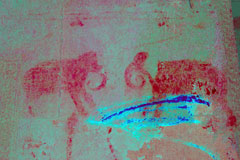
CAMBODIA

CAMBODIA: Angkor Wat is famed for its massive, intricate sculptures and carvings dating back to the 12th century. But there are other, more subtle adornments at the site, including greatly faded paintings depicting deities, elephants, boats, and other subjects. A recent study has identified and digitally enhanced more than 200 previously undocumented examples. The researchers believe that some of these paintings date to the time in the 16th century when the complex was converted from a Hindu to a Buddhist site.

CHINA

CHINA: Ancient potters synthesized an unusual form of iron oxide that might help modern materials scientists develop cheap, ultra-high-density data storage. The compound, called epsilon-phase iron oxide, formed in the distinctive glaze on Jian bowls made during the Song Dynasty (a.d. 960–1279). Epsilon-phase iron oxide has a number of amazing magnetic properties, but it is difficult to make its pure form in notable quantities. An understanding of the chemical composition and firing process of the glaze might provide new strategies.









